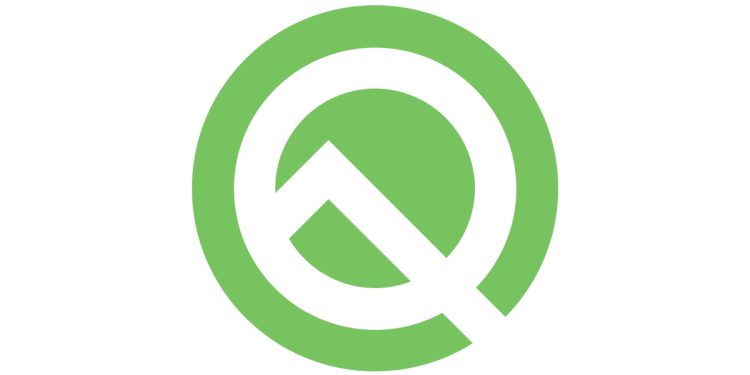testsetset
Google today launched the sixth and final Android Q beta. If you’re a developer, you can start testing your apps against this release by downloading it from developer.android.com/preview. Google says Android Q’s official release to consumers is “just a few weeks away.”
The preview includes system images for the Pixel, Pixel XL, Pixel 2, Pixel 2 XL, Pixel 3, Pixel 3 XL, Pixel 3a, Pixel 3a XL, and the official Android Emulator. If you’re already enrolled in the beta program, you’ll automatically get the update to Beta 6. Like the last three betas, Google is also bringing Android Q Beta 5 to third-party phones “over the coming weeks.”
In addition to the Pixels, here are the supported third-party devices (full list): Asus ZenFone 5Z, Essential Phone, Huawei Mate 20 Pro, LG G8, Nokia 8.1, OnePlus 7 Pro, OnePlus 7, OnePlus 6T, Oppo Reno, Realme 3 Pro, Sony Xperia XZ3, Tecno Spark 3 Pro, Vivo X27, Vivo Nex S, Vivo Nex A, Xiaomi Mi 9, and Xiaomi Mi Mix 3 5G.
Testing Beta 6
Beta 6 includes the final API 29 SDK and updated build tools for Android Studio, plus all the features, system behaviors, and developer APIs that will be in the final release. Based on tester feedback with Beta 5, Google has again updated the gestural navigation in Beta 6. The Back gesture now has a 200dp vertical app exclusion limit and a sensitivity preference setting. Custom launchers still use the three-button navigation by default — a post-launch update will let users switch to gestural navigation.
June 5th: The AI Audit in NYC
Join us next week in NYC to engage with top executive leaders, delving into strategies for auditing AI models to ensure fairness, optimal performance, and ethical compliance across diverse organizations. Secure your attendance for this exclusive invite-only event.
If you’re a developer, you’ll want to download Android Studio, configure your environment, and check the release notes. Then install your current app from Google Play onto a device or emulator running Beta 6, work through the user flows, and make sure it handles the behavior changes, privacy changes, and gestural navigation. You’ll also want to test for uses of restricted non-SDK interfaces (move to public SDK or NDK equivalents instead), the libraries and SDKs in your app, and distribution.
If you find issues, fix them in the current app without changing your targeting level (migration guide, privacy checklist). When you’re done, update your app’s targetSdkVersion to ‘Q’.
Beta schedule
Android Q was on a tight schedule. Last year, there were five developer previews (four betas). This year, Google had six betas in total. Google pretty much followed the preview schedule it originally outlined (though there were some rollout hiccups with Beta 4 and Beta 5):

Google launched Android Q Beta 1 in March, Android Q Beta 2 in April, and Android Q Beta 3 in May at its I/O 2019 developers conference. Android Q Beta 4 arrived in June, Android Q Beta 5 hit in July, and now we’ve got Android Q Beta 6 in August.
Beta 1 brought additional privacy and security features, enhancements for foldables, new connectivity APIs, new media codecs and camera capabilities, NNAPI extensions, Vulkan 1.1 support, and faster app startup. Beta 2 added multitasking Bubbles, a foldables emulator, and a new MicrophoneDirection API.
Beta 3 brought 5G support, foldable improvements, more privacy enhancements (defining when apps can get location, restricting background launching, preventing tracking), biometrics improvements, TLS 1.3, suggested actions in notifications, Smart Reply in notifications, Live Caption, Focus Mode, Dark Theme, gestural navigation, and Project Mainline.
Beta 4 came with final Android Q APIs and the official SDK. Beta 5 brought gestural navigation updates.
With the final release scheduled for Q3, we’ll get Android Q (including its final name) this month or next. Exact timing will depend on how testing goes. Make sure to give feedback, including by filing platform issues, app compatibility issues, and third-party SDK issues.

